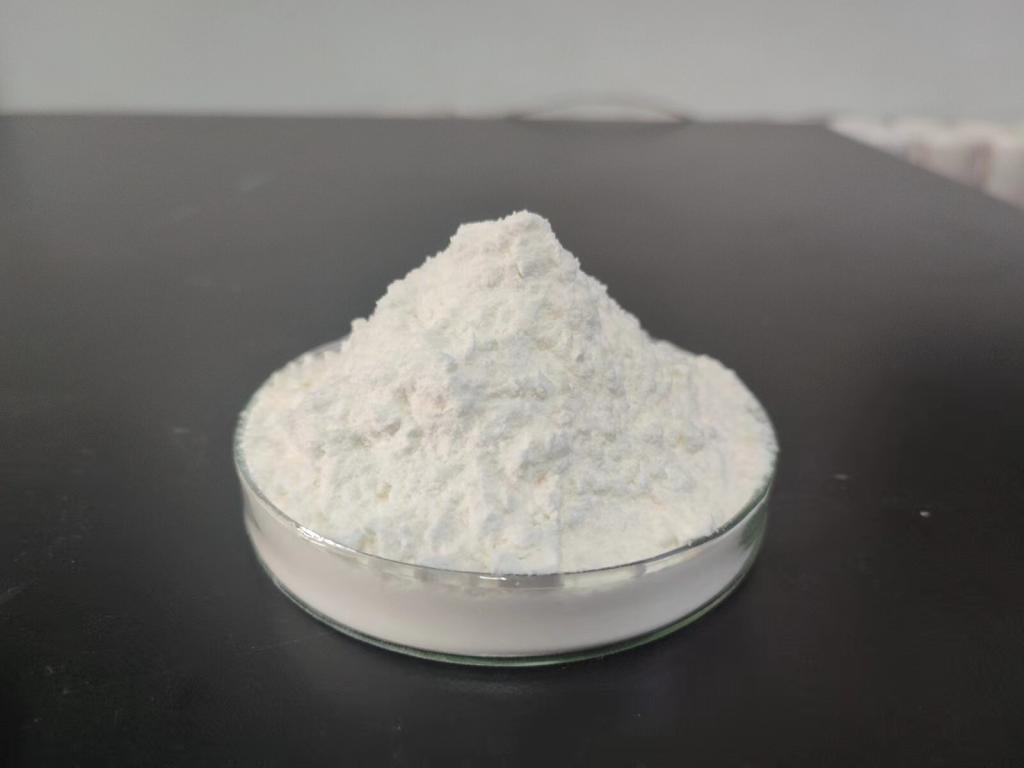Tel:+8618231198596

News
 CONTACT
CONTACT
 CONTACT
CONTACT
- Linkman:Linda Yao
- Tel: +8618231198596
- Email:linda.yao@dcpharma.cn
- Linkman:CHARLES.WANG
- Department:Overseas
- Tel: 0086 0311-85537378 0086 0311-85539701
News
Current Position:
Home >
News
>ε-Polylysine hydrochloride's role in inhibiting the growth of food spoilage.
ε-Polylysine hydrochloride's role in inhibiting the growth of food spoilage.
TIME:2024-04-03
Understanding Food Spoilage Microorganisms:
Food spoilage microorganisms, including bacteria, yeasts, and molds, are ubiquitous in the environment and can proliferate rapidly under favorable conditions. These microorganisms contribute to the degradation of food quality, resulting in changes in flavor, texture, and appearance that render foods unpalatable or unsafe for consumption. Common spoilage microorganisms include various species of bacteria such as Pseudomonas, Bacillus, and Lactobacillus, as well as molds like Aspergillus and Penicillium.
ε-Polylysine Hydrochloride: An Effective Antimicrobial Agent:
ε-Polylysine hydrochloride is a naturally occurring antimicrobial peptide produced by fermentation of Streptomyces albulus. It consists of multiple lysine residues linked by peptide bonds, resulting in a linear polypeptide chain with potent antimicrobial properties. ε-Polylysine hydrochloride is effective against a wide range of Gram-positive and Gram-negative bacteria, yeasts, and molds, making it a versatile preservative for various food products.
Mechanism of Action:
The antimicrobial activity of ε-Polylysine hydrochloride stems from its ability to disrupt microbial cell membranes and inhibit essential cellular processes. Upon contact with microorganisms, ε-Polylysine hydrochloride binds to the cell membrane, causing destabilization and permeabilization. This disrupts membrane integrity, leading to leakage of intracellular components and ultimately cell death. Additionally, ε-Polylysine hydrochloride may interfere with protein synthesis and enzyme function, further inhibiting microbial growth and proliferation.
Applications in Food Preservation:
ε-Polylysine hydrochloride finds widespread applications in food preservation, particularly in extending the shelf life of perishable foods prone to spoilage. It is commonly used in a variety of food products, including dairy, meat, poultry, seafood, baked goods, sauces, dressings, and beverages. ε-Polylysine hydrochloride can be incorporated directly into food formulations or applied as a surface treatment to inhibit microbial growth and maintain product quality during storage and distribution.
One notable advantage of ε-Polylysine hydrochloride is its compatibility with different food matrices and processing conditions. It remains stable and active across a wide range of pH levels, temperatures, and processing methods, allowing for its incorporation into diverse food products without compromising sensory attributes or nutritional quality. This versatility makes ε-Polylysine hydrochloride a valuable tool for food manufacturers seeking to meet consumer demand for safe, high-quality, and sustainable food products.
Benefits for Reducing Food Waste:
The use of ε-Polylysine hydrochloride in food preservation contributes to significant reductions in food waste throughout the supply chain. By inhibiting the growth of spoilage microorganisms, ε-Polylysine hydrochloride extends the shelf life of perishable foods, thereby reducing the likelihood of premature spoilage and discard. This is particularly beneficial for fresh produce, dairy products, meats, and other RTE (ready-to-eat) foods that are susceptible to microbial contamination and degradation.
Furthermore, ε-Polylysine hydrochloride helps mitigate losses associated with food spoilage during transportation, storage, and retail display. Its antimicrobial activity preserves product freshness and integrity, allowing foods to remain viable for longer periods without compromising safety or quality. This not only reduces waste at the consumer level but also minimizes losses for retailers and foodservice establishments, ultimately improving profitability and sustainability across the food supply chain.
In addition to its direct impact on food waste reduction, ε-Polylysine hydrochloride offers indirect benefits for sustainability by supporting more efficient resource utilization and conservation. By extending the shelf life of perishable foods, it helps optimize inventory management, reduce overproduction, and minimize the need for excessive packaging and processing. This, in turn, reduces the environmental footprint associated with food production, distribution, and disposal, contributing to overall sustainability goals.
Regulatory Considerations and Consumer Acceptance:
The use of ε-Polylysine hydrochloride in food products is subject to regulatory approval and oversight by food safety authorities such as the Food and Drug Administration (FDA) in the United States and the European Food Safety Authority (EFSA) in Europe. These agencies evaluate the safety and efficacy of ε-Polylysine hydrochloride based on scientific evidence and establish acceptable usage levels and labeling requirements to ensure consumer safety and transparency.
Consumer acceptance of ε-Polylysine hydrochloride in food products is influenced by factors such as safety, efficacy, and sensory impact. While ε-Polylysine hydrochloride is generally recognized as safe (GRAS) for use in food, it is essential for food manufacturers to communicate its benefits and applications clearly to consumers. Transparent labeling and clear messaging can help build trust and confidence in the use of ε-Polylysine hydrochloride as a natural preservative for reducing food waste and promoting sustainability.
Future Directions and Innovations:
As the food industry continues to prioritize sustainability and waste reduction, the role of ε-Polylysine hydrochloride in food preservation is expected to evolve and expand. Future research efforts may focus on optimizing ε-Polylysine hydrochloride formulations and delivery systems to enhance efficacy, minimize sensory impact, and address specific food safety challenges. Additionally, advancements in biotechnology and fermentation techniques may lead to the development of novel ε-Polylysine hydrochloride variants with improved antimicrobial properties and sustainability profiles.
Furthermore, collaborative initiatives between industry stakeholders, research institutions, and regulatory agencies will be essential to address emerging issues related to food waste reduction and sustainability. By leveraging the unique properties of ε-Polylysine hydrochloride and other natural preservatives, the food industry can continue to innovate and implement solutions that promote environmental stewardship, enhance food security, and improve the overall sustainability of the global food system.
Conclusion:
ε-Polylysine hydrochloride plays a critical role in reducing food waste by inhibiting the growth of food spoilage microorganisms and extending the shelf life of perishable foods. Its natural origin, broad-spectrum antimicrobial activity, and compatibility with diverse food matrices make it a valuable tool for food manufacturers seeking to enhance food safety, quality, and sustainability. By incorporating ε-Polylysine hydrochloride into food preservation strategies, the food industry can minimize waste throughout the supply chain, conserve resources, and promote a more sustainable future for food production and consumption.
- Tel:+8618231198596
- Whatsapp:18231198596
- Chat With Skype







